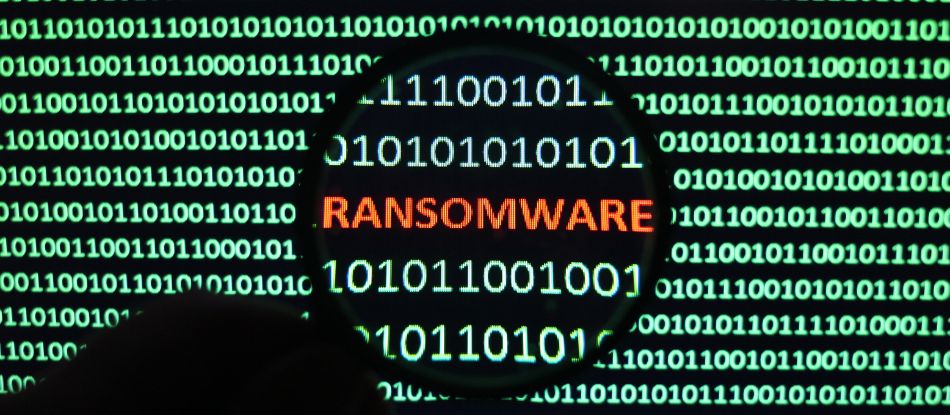Ransomware Attack: Prevention and Mitigation Strategies
A ransomware attack is a cyberattack where malicious actors encrypt the victim’s data and demand a ransom payment for the decryption key. Ransomware attacks have become increasingly prevalent and damaging in recent years, affecting individuals, businesses, and critical infrastructure systems.














